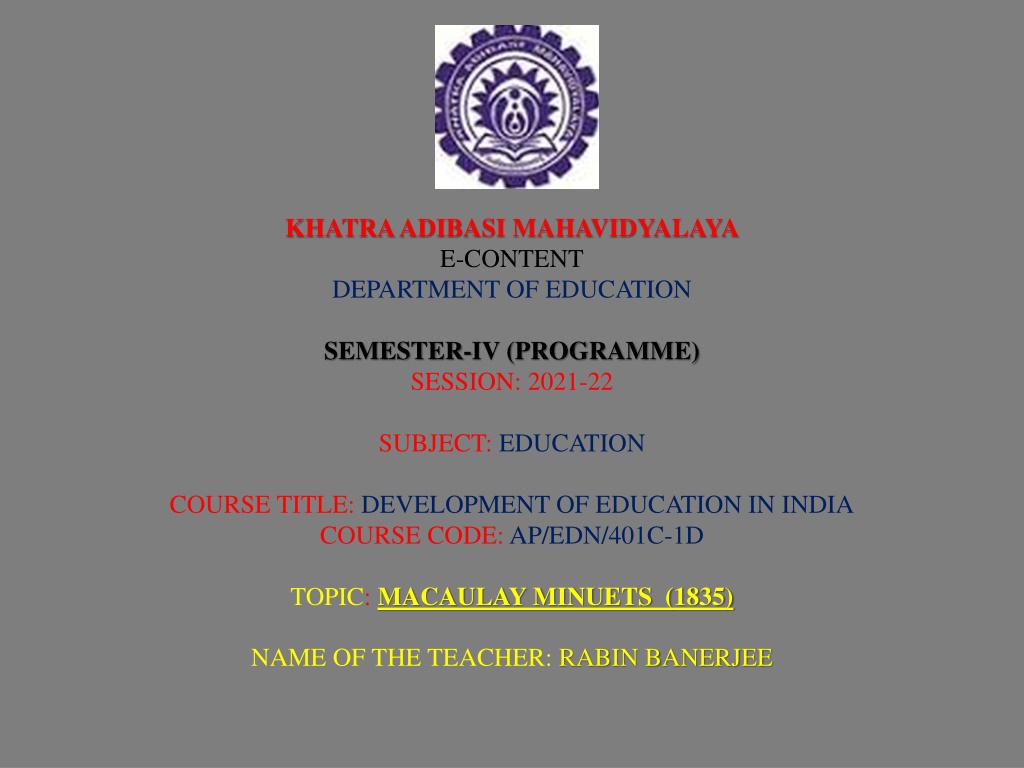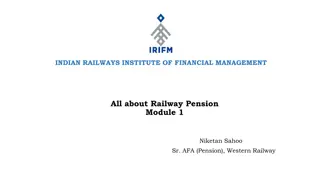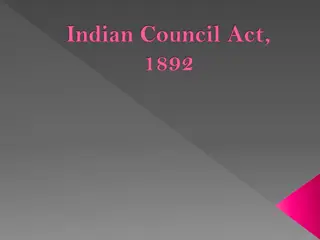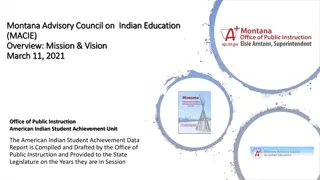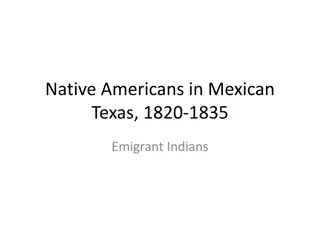Macaulay Minutes: Impact on Indian Education System in 1835
Introduction of the Education Act in British India in 1835 by Lord William Bentinck led to significant changes in the educational landscape. Thomas Babington Macaulay's 'Minute on Indian Education' emphasized the need for English education for Indian 'natives'. Lord Macaulay's Downward Filtration Theory aimed to educate a select few upper-class Indians who would then disseminate education to the wider populace, impacting the Indian educational strategy.
Download Presentation

Please find below an Image/Link to download the presentation.
The content on the website is provided AS IS for your information and personal use only. It may not be sold, licensed, or shared on other websites without obtaining consent from the author. Download presentation by click this link. If you encounter any issues during the download, it is possible that the publisher has removed the file from their server.
E N D
Presentation Transcript
KHATRA ADIBASI MAHAVIDYALAYA E-CONTENT DEPARTMENT OF EDUCATION SEMESTER-IV (PROGRAMME) SESSION: 2021-22 SUBJECT: EDUCATION COURSE TITLE: DEVELOPMENT OF EDUCATION IN INDIA COURSE CODE: AP/EDN/401C-1D TOPIC: MACAULAY MINUETS (1835) NAME OF THE TEACHER: RABIN BANERJEE
Macaulay Minutes In 1835, the Education Act was introduced in British India by Lord William Bentinck, then Governor-General of the British East India Company, to reallocate funds it was required by the British Parliament to spend on education and literature in India. Previously, they had given limited support to traditional Muslim and Hindu education and the publication of literature in the then traditional languages of education in India (Sanskrit and Persian). On February 2, 1835, British historian and politician Thomas Babington Macaulay presented his 'Minute on Indian Education,' which sought to establish the need for Indian 'natives' to receive an English education.
Macaulay Minutes Lord Macaulay promoted the "Downward Filtration theory" in India's educational strategy. To create a class of interpreters, the British intended to train a tiny part of the upper and middle classes. According to the theory, the British thought to educate a few upper-class Indians. These Indians would then disseminate education to the general populace. It was thought that education would trickle down through this system. The propounded of filtration theory in Indian education policy was Lord Macaulay. The Downward Filtration Theory was presented by Lord Macaulay. The first appearance of the theory was in his "Macaulay's Minutes." It was presented to the Governor-General of British India. It mentioned the remedy to several issues with the Indian educational system at the time.
THANK YOU
